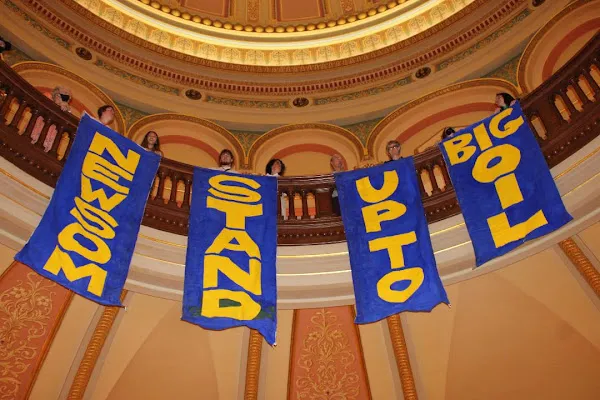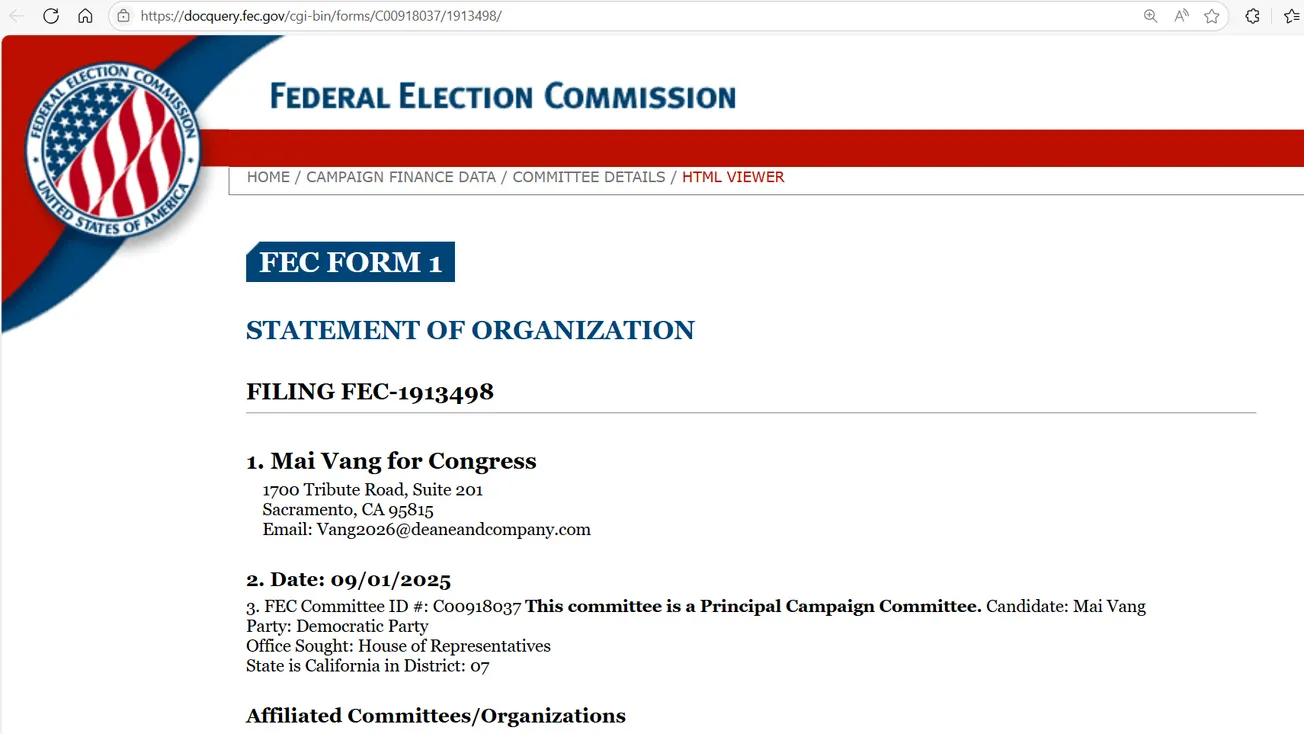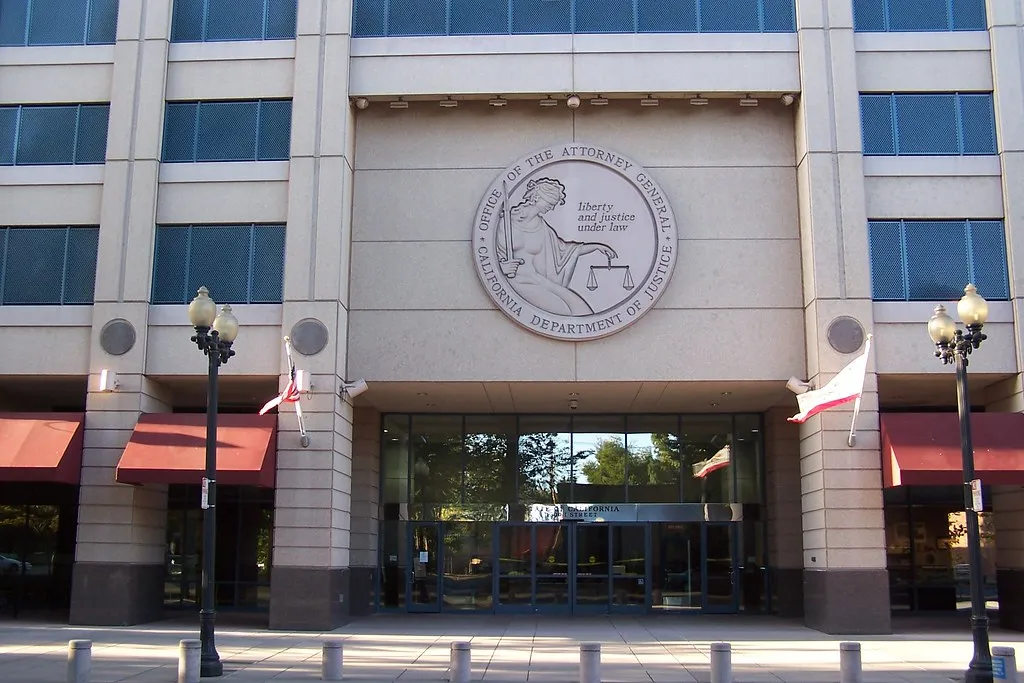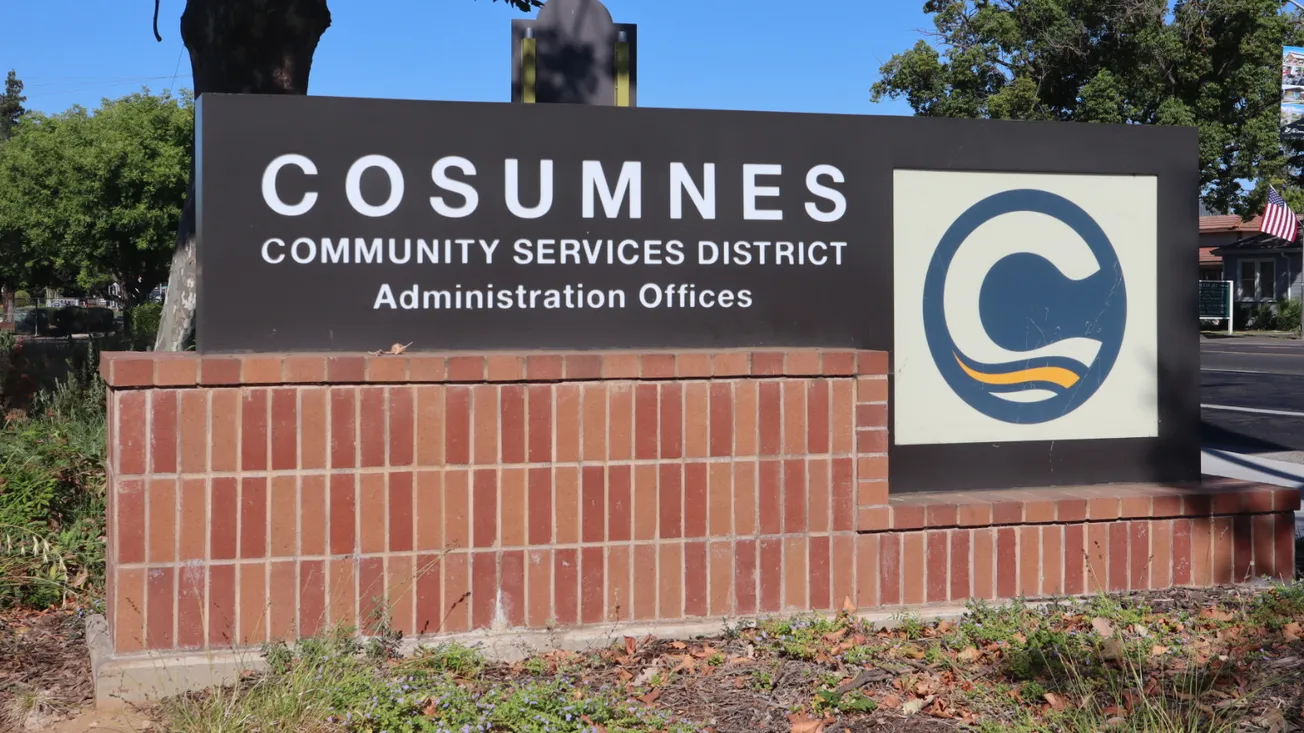Table of Contents
 |
| Oil wells in California next to a field where children play. Photo courtesy of Consumer Watchdog. | |
By Dan Bacher |
December 21 marked the end of the public comment period for the California Department of Conservation’s public health rulemaking process to increase protections for communities on the frontlines of oil drilling in a state where thousands of permits for new and reworked oil wells have been approved in the last three years.
In 60 days, more than 50,000 people submitted comments to the Department’s California Geologic Energy Management Division (CalGEM) in support of a proposed rule to require health and safety setbacks of 3,200 feet between “sensitive receptors” and oil and gas wells in California. That’s a rate of almost 1,000 comments a day, according to Aimee Dewing, Communications Lead for the Last Chance Alliance.
“Sensitive receptor” means any residence including private homes, condominiums, apartments, and living quarters; education resources such as preschools and kindergarten through grade twelve (K-12) schools; daycare centers; any building housing a business that is open to the public; and health care facilities such as hospitals or retirement and nursing homes. A sensitive receptor also includes long term care hospitals, hospices, prisons, and dormitories or similar live-in housing.
Dewing said hundreds of health professionals and local elected officials across the state have also sent letters to the agency, echoing the message that industrial oil and gas operations have no place in neighborhoods.
“The state’s oil and gas regulator held two public workshops this month where hundreds of Californians urged the agency to bring the regulation in line with the government’s own public health experts’ recommendation by expanding it to apply to existing neighborhood drilling,” Dewing stated. “Thousands of comments also called for an immediate halt on permitting of new oil wells in the 3,200 ft. setback zone until the rule is in effect. At both workshops, support for strengthening the rule outnumbered the opposition and lasted for nearly seven hours.”
“By opening up the door to public comment, Gov. Newsom is learning what climate justice advocates have known for years: Californians overwhelmingly want better protections from oil extraction hazards,” said Dewing.
Unlike other states like Texas, Colorado, North Dakota, Wyoming and Pennsylvania, California currently has no health and safety setbacks between oil and gas wells to protect neighborhoods from the public health and environmental impacts of neighborhood oil and gas wells. In California, the oil and gas industry can drill wells right next to homes, schools, hospitals and other facilities.
As Kern County organizer Cesar Aguirre with the Central California Environmental Justice Network pointed out, "Gov. Newsom asked us to weigh in on the public health rulemaking and more than 50,000 people responded: oil and gas drilling has no place in our neighborhoods. Now the ball is in his court. We’re trusting him to listen to frontline community members who are deeply engaged in this process and asking him to protect the lives of those on the frontlines.”
Dewing said the dangerous and deadly effects from oil and gas drilling pollution are well-documented. Proximity to drill sites exposes Californians to known carcinogens and endocrine disruptors, like benzene and formaldehyde, fine and ultra-fine particulate matter, and hydrogen sulfide.
“All of these chemicals have proven records of toxicity and are known to cause health impacts ranging from nosebleeds to chronic headaches, increased risks of asthma and other respiratory illnesses, preterm births and increased risk of cancer,” she said.
“The vast majority of Californians who are on the frontlines of oil production sites are from communities of color, specifically Black, Indigenous and Latinx communities, who are already severely overburdened with other forms of pollution. This draft rule, if strengthened, represents an opportunity for the Newsom Administration to address environmental racism and injustice in California,” stated Dewing.
Back in 2019, facing yet another scandal at the beleaguered oil and gas regulation agency Gov. Newsom promised to bestow the state oil and gas regulator with a new mission: to protect public health. Since then, CalGEM has:
- Placed a moratorium on an extreme extraction process using high-pressure cyclic steam injection, which has been linked to spills.
- Denied new fracking permits on the grounds of protecting public health and the climate.
- Heard public comments in support of a 3,200-ft. setback separating oil wells and communities to protect Californians’ health
Governor Newsom proposed the 3,200 ft. distance for the health and safety setback, joining frontline community members in Wilmington in October to say “We don’t see oil in our future,” according to Dewing.
“But the state’s ambitious climate rhetoric often falls short on execution and lags in timeline. Recent research points to the failures of the state and our biggest cities to meet our own emissions reductions targets. CalGEM has been dragging its feet for a decade to delay developing health and safety rules for communities living near fossil fuel infrastructure, and the agency often doesn’t even do their own job of regulating effectively. All eyes are on the agency in anticipation of its next move following the resounding support they’ve now heard for a mandated setback from new and existing oil wells,” Dewing concluded.
Meanwhile, CalGEM has continued approving thousands of new and reworked oil and gas well permits every year. Governor Newsom’s oil regulators have approved 9,728 oil drilling permits since he assumed office in 2019, according to an analysis of permits approved through October 1, 2021 and posted at www.NewsomWellWatch.org by Consumer Watchdog and FracTracker Alliance.
Not only is the Newsom Administration approving onshore oil and gas wells, but it has been approving new and reworked offshore oil drilling drilling permits under existing leases in state waters.
“As of October 1, 2021, there have been a total of 150 reported permits issued for offshore wells since January 1, 2019. Five of these permits were for new drilling and the remaining 145 for reworks (including sidetracks and deepening operations), according to the groups. “Half of the total were issued for idle wells that should be plugged and properly abandoned to reduce the risk of blowouts, leaks, and other accidents. Over the first three quarters of 2021 there have been 17 offshore permits issued.
In remarks at press conferences, against the backdrop of the Huntington Beach oil spill in Orange County , Newsom told reporters that California was “leading the nation in phasing out fossil fuels and combatting the climate crisis.”
“…It’s time once and for all to disabuse ourselves that this has to be part of our future,” he said of drilling. “This is part of our past.”
In response to calls to ban new drilling, Newsom said, “Banning new drilling is not complicated. The deeper question is how do you transition and still protect the workforce?”
“Governor Newsom needs to prioritize ending oil drilling now rather than just talking about it,” said consumer advocate Liza Tucker. “His Administration is 280 days late on a rule to end oil drilling near communities and continues to approve offshore oil permits despite railing against offshore oil drilling. Oil workers will have plenty of work plugging thousands of idle and marginally producing wells and restoring the environment for a long time to come.”
“Instead of permitting new wells we should be decommissioning idle and marginally producing wells, including offshore,” said Kyle Ferrar, Western Program Coordinator for FracTracker Alliance. “A third of offshore wells are currently idle and many more are marginally producing while half of the offshore wells that received rework permits are currently idle. Overall, we have 70,000 idle and actively producing wells on shore and off. Idle wells on shore should also be plugged, and properly abandoned, because of the risk of harm to the environment from leaks and failures of well casings and aging cement. There are too many risks associated with this aging infrastructure.”
According to Consumer Watchdog and Fractracker Alliance, Newsom’s record to date on oil drilling permits and the protection of public health and the environment includes:
•Approving a total of 9,728 oil drilling permits from January 1, 2019 until October 1, 2021.
•Approving 150 offshore drilling permits in state waters since January 1, 2019. Of those permits, five were for new wells and the rest were for reworking existing wells. Right now, 19 oil and gas leases in California’s coastal waters allow drilling up to three miles off the state shoreline and represent 1,200 active wells.
•Approving 17 offshore oil and gas permits in the first nine months of 2021. These permits were to rework existing wells.
•Setting a December 3, 2020 deadline for his oil and gas supervisor to propose a barrier between vulnerable communities and oil drilling operations.
Background: Big Oil exerts enormous influence over California regulators
Big Oil is the biggest and most powerful corporate lobby in Sacramento — and the Western States Petroleum Association (WSPA) is the biggest and most powerful lobbying organization. Big Oil, along with corporate agribusiness, developers, big water agencies, timber companies, and other Big Money interests, has captured the regulatory apparatus in California.
Just four oil industry lobbyist employers alone — the Western States Petroleum Association (WSPA), Chevron, Aera Energy and California Resources Corporation — spent $10,192,047 lobbying the Governor’s Office, Legislature and regulatory agencies to advance Big Oil’s agenda in 2020, according to data posted on the California Secretary of State’s website by February 1, 2021.
The Western States Petroleum Association spent a total of $4,267,181, less than half of the $8.8 million that it spent in 2019.
The San Ramon-based Chevron, a beneficiary of many new fracking permits this year, spent $4,091,501 in California 2020, less than the $5.9 million spent in 2019.
Another big spender and beneficiary of large numbers of new fracking permits this year, Aera Energy, spent a total of $795,099 on lobbying California officials in 2020.
Aera Energy has close ties with the Governor’s Office. In November, the San Francisco Chronicle reported on how Governor Gavin Newsom didn’t follow his own COVID pandemic guidelines when he attended a birthday party for Jason Kinney, a close friend and advisor, at the French Laundry Restaurant in Napa. Kinney is a lobbyist for Axiom Advisors, who lobbies for Aera Energy and other energy corporations.
Jointly owned by Shell and ExxonMobil, Aera produces nearly a quarter of California’s oil and gas production. Aera paid Axiom Advisors $200,000 during 2019 and 2020 for lobbying on oil and gas permitting issues and other matters, according to Donny Shaw and Eric Seidman in Sludge: Newsom Delivers for Energy Clients of Lobbyist He Celebrated at French Laundry: readsludge.com/…
Finally, the California Resources Corporation, a subsidiary of Occidental Petroleum, spent $1,038,266 to influence state officials in 2020.
Lobbying is just one of the seven methods that Big Oil uses in California to exercise inordinate influence over California regulators. WSPA and Big Oil wield their power in 7 major ways: through (1) lobbying; (2) campaign spending; (3) serving on and putting shills on regulatory panels; (4) creating Astroturf groups; (5) working in collaboration with media; (6) creating alliances with labor unions; and (7) contributing to non profit organizations.
The oil industry exerts inordinate influence over the regulators by using a small fraction of the billions of dollars in profits it makes every year to lobby state officials and fund political campaigns.
For example, Big Oil spent an amazing $266 million influencing California politics from 2005 to 2014, according to an analysis of California Secretary of State data by StopFoolingCA.org, an online and social media public education and awareness campaign that highlights oil companies’ efforts to “mislead and confuse Californians.”
The industry spent $112 million of this money on lobbying and the other $154 million on political campaigns.
The inordinate influence by Big Oil on California politicians and regulators has resulted in widespread air, ground and water pollution with huge health impacts on mostly Black and Brown communities living near oil and gas wells.
Follow us on Twitter @ElkGroveNews
Copyright by Elk Grove News © 2021. All right reserved.
< http-equiv="REFRESH" content="0; url=https://www.mediapass.com/subscription/noscriptredirect?key=3488&asset=3690&uri=elkgrovenews.net">








